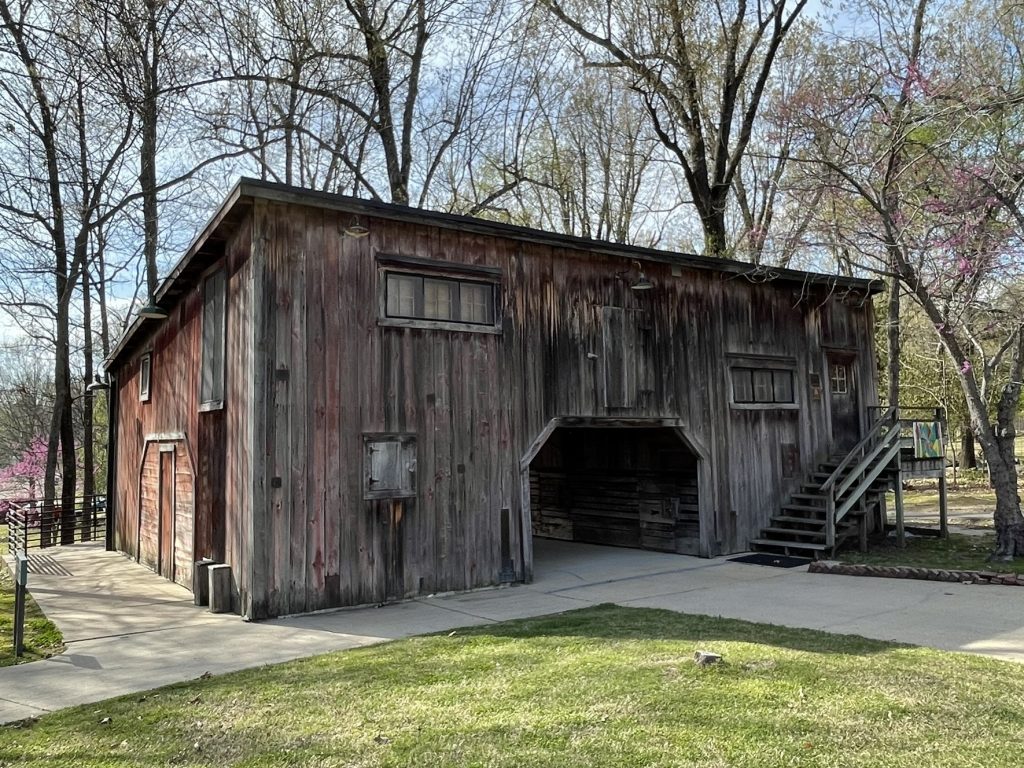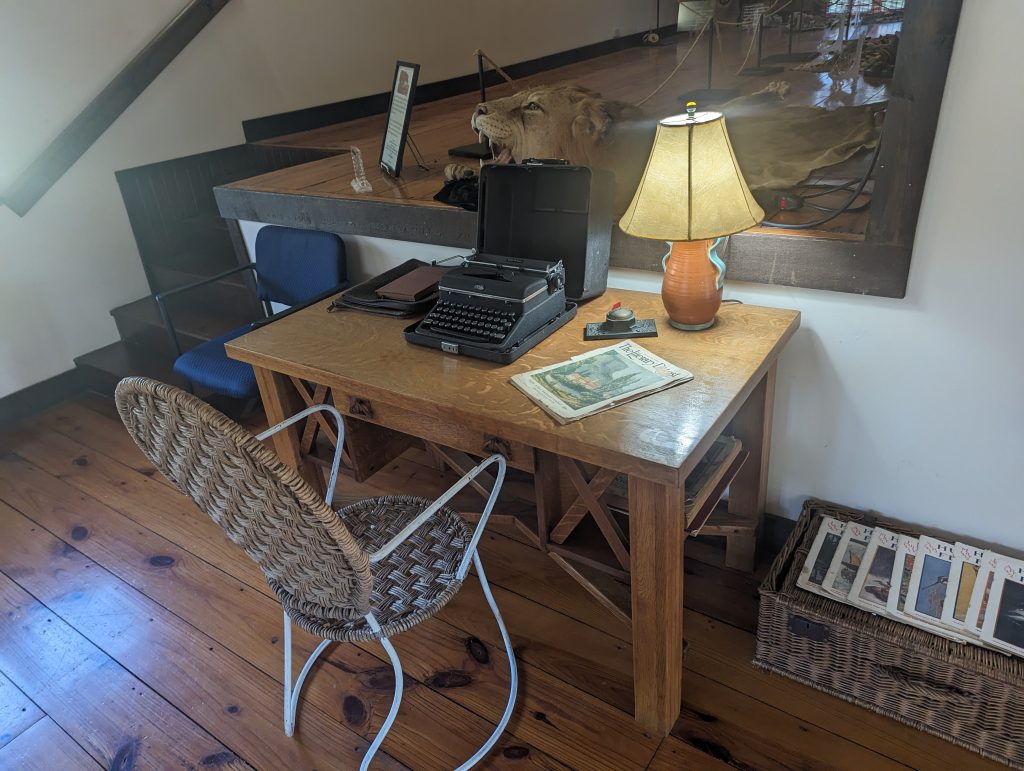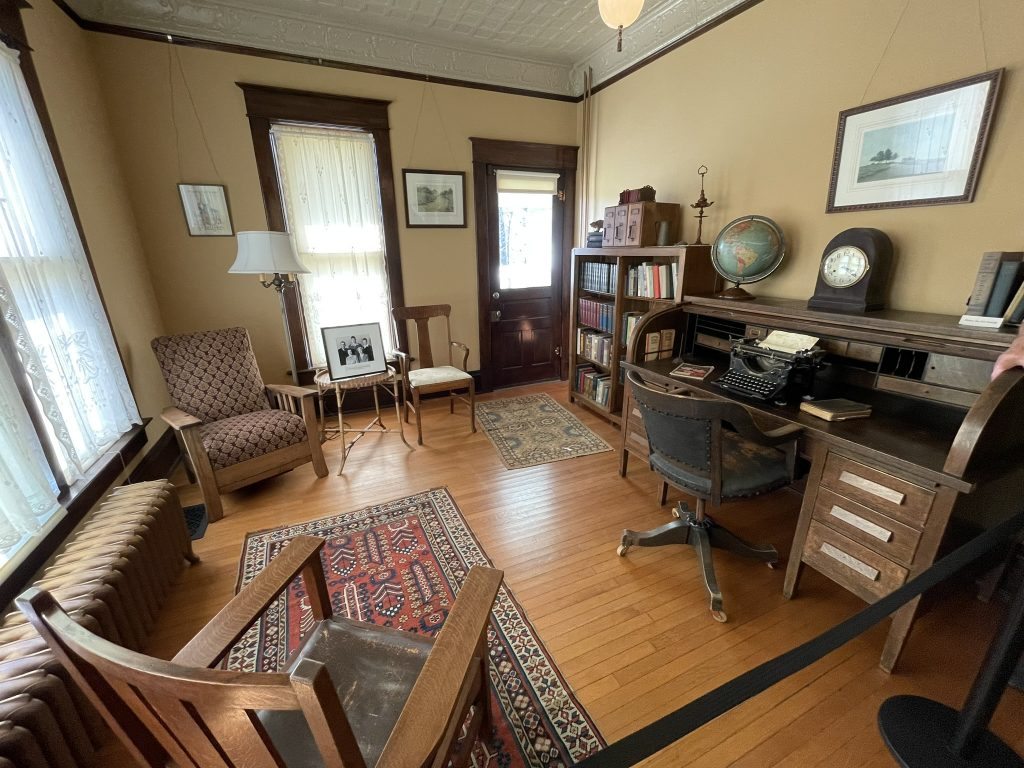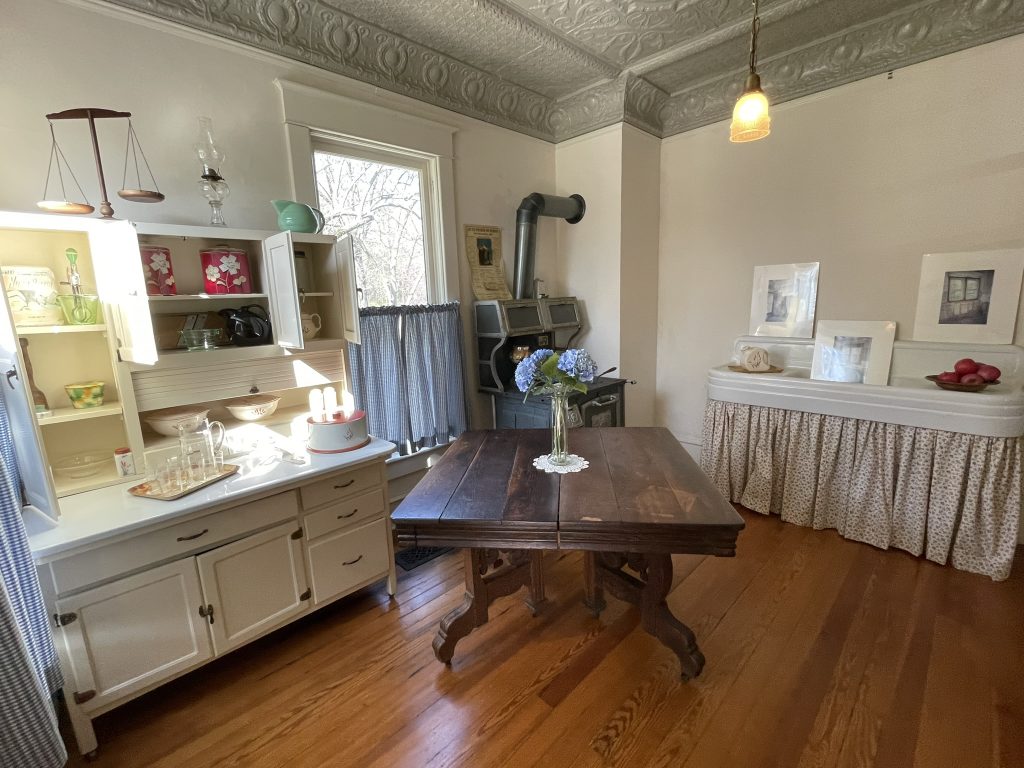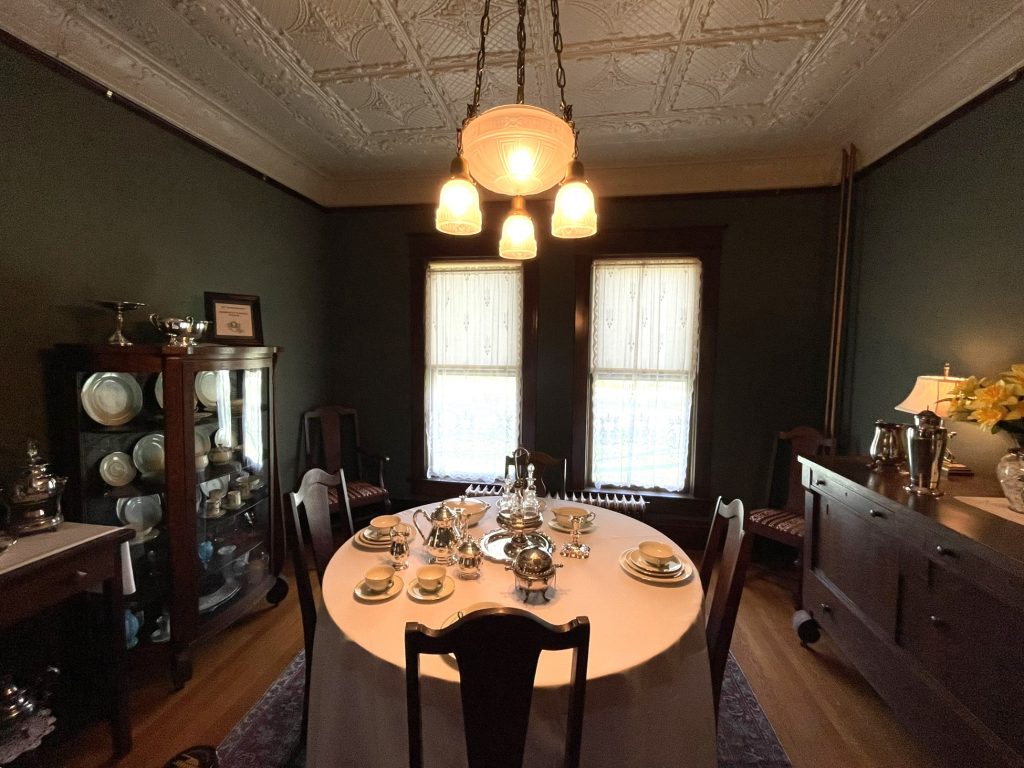You see the Hemingway-Pfeiffer Museum has a famous author mentioned (that’s Ernest) in its name, so it’s no surprise we found ourselves there. However, I thought it was a bit of a stretch to think of this as a “Hemingway” location.
The Colonial Revival house, located in Piggott, Arkansas, was the home of Paul and Mary Pfeiffer, who moved there in 1913.
The Pfieffers were wealthy and prominent community members who contributed financially to the building of schools, a hospital, a library, and more in the town. The family eventually acquired 63,000 acres in and around the town.
The couple had four children, one of whom was Pauline, born in 1895.
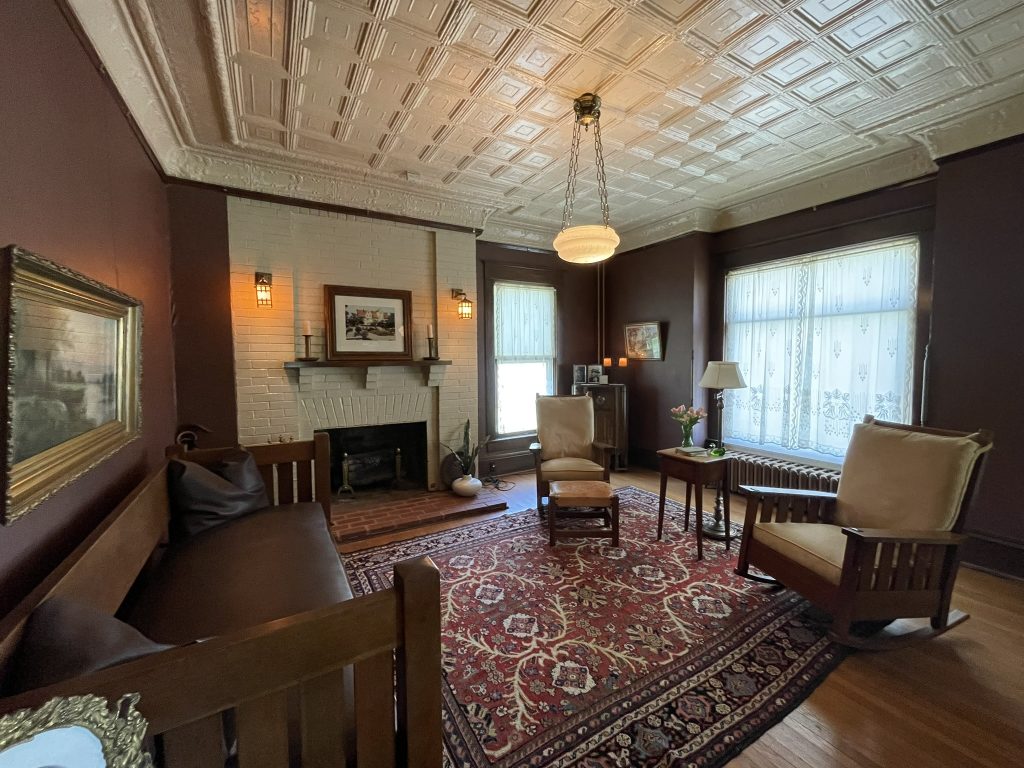
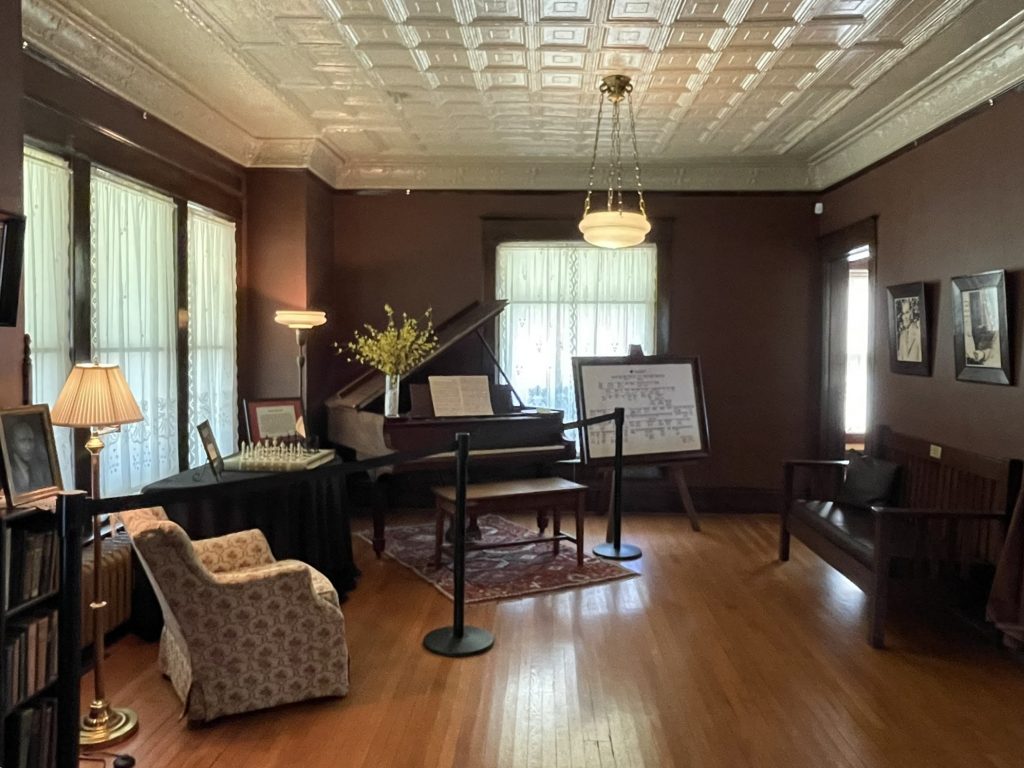
Pauline did not move to Piggott with her family, but stayed in St. Louis to continue her studies in journalism. Though the daughter of an extremely wealthy family, she worked as a journalist and later an editor, including at newspapers in Cleveland and New York, and magazines such as Vanity Fair and Vogue which took her to Paris.
She met Ernest Hemingway in Paris in 1926, and though he was married, that didn’t stop the pair from becoming entangled. It wasn’t long before Ernest divorced his first wife in 1927 and got himself married to Pauline a few months later.
The next year the two settled in Key West, Florida, and two children soon followed.
Eventually, however, Ernest went back to his roving ways, and the couple divorced in 1940 (this time Ernest waited only three weeks before remarrying!).
So what does this have to do with the house in Piggott? Not a whole lot, in my opinion. The remaining tangible connection to Hemingway is that the Pfeiffers converted a barn on the property into a writing studio to accommodate Ernest’s needs during frequent visits over the course of the couple’s marriage. Until, of course, news of Ernest’s philandering ways reached Pauline’s father and Ernest was banned from the property.
It was here, during perhaps happier times, that Hemingway did write significant portions of his 1929 classic A Farewell to Arms. That in itself, Doug says, makes the barn worthy of a visit.
